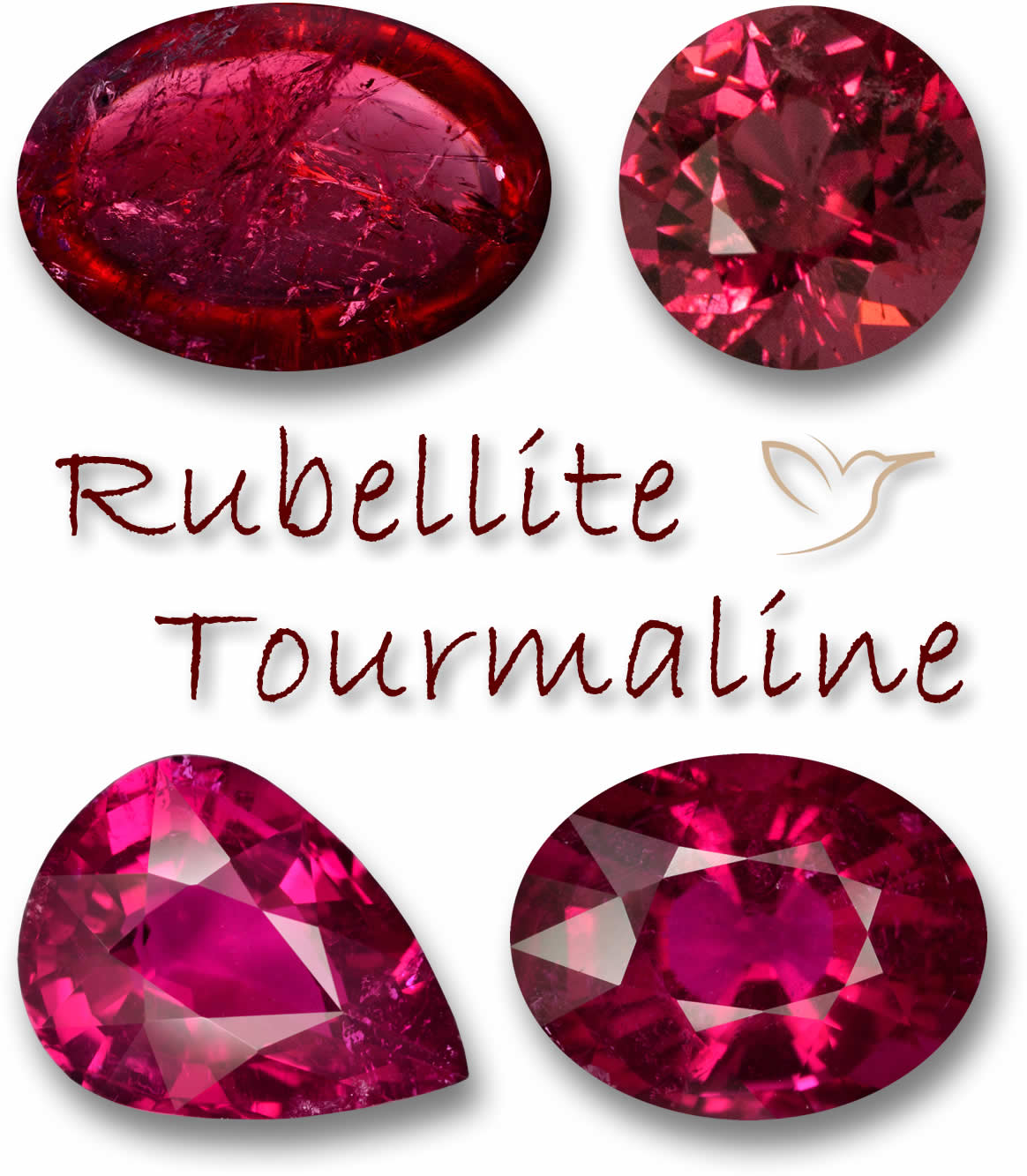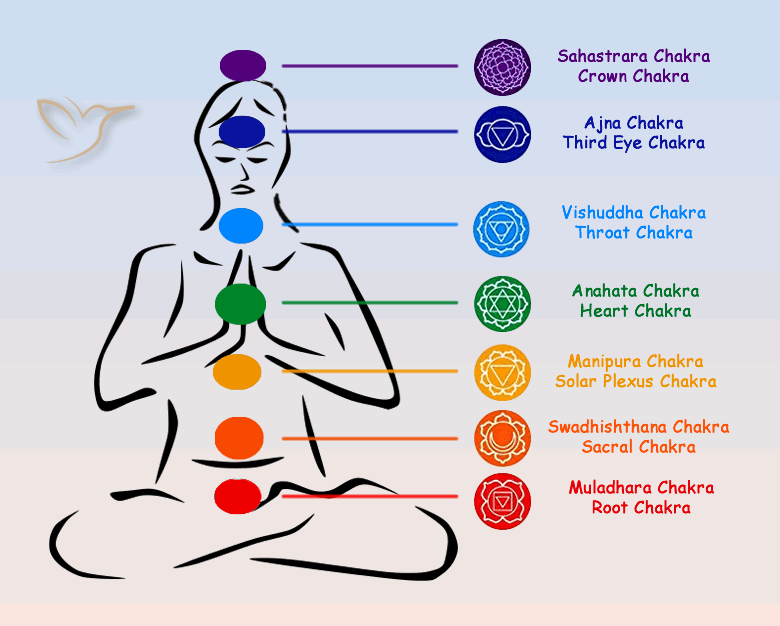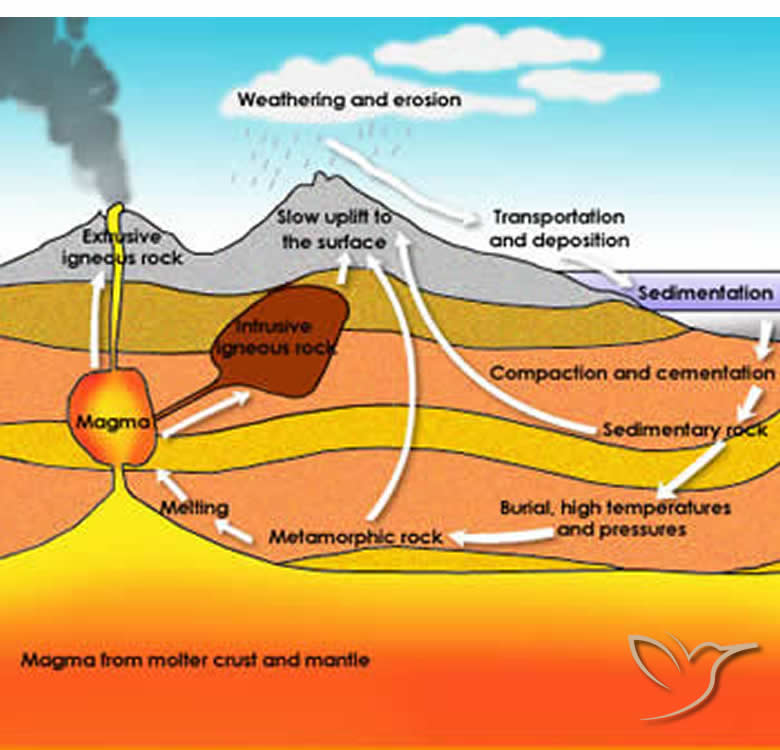What can I find in this article?
- Rubellite Tourmaline Colors
- Rubellite Tourmaline Species
- Rubellite Tourmaline Clarity and Cut
- Spiritual Meaning of Rubellite Tourmaline
- Rubellite Tourmaline and the Chakras
- Health Benefits of Rubellite Tourmaline
- Rubellite Tourmaline Price
- Rubellite Tourmaline Discovery and History
- Where is Rubellite Tourmaline found?
- How is Rubellite Tourmaline formed?
- Can Rubellite Tourmaline be treated?
- What jewelry is Rubellite Tourmaline suitable for?
- How to care for Rubellite Tourmaline
- How to tell a real Rubellite Tourmaline
- What is so special about Rubellite Tourmaline?
- Rubellite Tourmaline - Gemological Properties
Rubellite Tourmaline Gemstone Information

Introduction
What is a Rubellite Tourmaline? It all comes down to color. Rubellite gemstones come in a short range of pinkish red to deep crimson red colors and, with the exception of the very rare Paraiba, are the most valuable of all Tourmalines.
The name comes from the Latin, 'rubellus', which means reddish or red-like, which provides another clue to their special coloring.
The Tourmaline family comes in just about all the colors of the rainbow, in fact it is not limited to just the seven colors of the rainbow, it can be found in many more tones including black, colorless and multi-colored but none are more special or sought after than the Rubellite. Discover our extensive range of rubellite tourmaline for sale.
Its distinctive name has caused some confusion over the years but Rubellite is definitely a Tourmaline and NOT a ruby despite the similarities in color that can occur. Indeed, intense red gemstones in the Russian Crown Jewels were mistaken for centuries for rubies only to be eventually identified as Rubellite Tourmalines – and no less valuable for it.

In Walter Schumann's book, 'Gemstones of the World', the bible of precious and semi-precious stones, Rubellite is described as:
'pink to red, sometimes with a violet tint . . . . . . ruby color is the most valuable'.
We have to be a little bit careful with Rubellites since their prestigious (and valuable) name has led many unscrupulous or just enthusiastic (to be kind) dealers to describe any Tourmaline with a hint of red or pink or blush as Rubellites.
If we stick with the eminent Mr. Schumann's definition of color we should not go too far wrong.
The cause of the red color begins during formation. It is believed that minute traces of the minerals manganese or iron within the crystal structure create the red and pink in tourmalines over the course of a few million years.
Tourmaline is chemically a boron-aluminum silicate with one or more additional minerals such as iron, potassium, manganese which, depending on their proportions, cause all the color variations for which this gemstone is famous.
It is further broken down into a number of varieties including Dravite, Uvite and Schorl.
Rubellites are part of the group which make up most of the colored tourmaline gemstones, Elbaite, which gets its name from the Isle of Elba, where Napoleon enjoyed his first period of exile.
See our Tourmaline Information page here

It is not unusual for Rubellite Tourmalines to have noticeable inclusions or internal blemishes. It is the color that is the most important factor when valuing this gemstone and the inclusions are deemed acceptable if a rich red color is present.
Of course, just like all colored gemstones, the fewer the blemishes the better but in the case of Rubellites, a bit like emeralds, the imperfections are often part of the gemstone's charm and a definite sign of authenticity.
All tourmaline gemstones have a rating of between 7 and 7.5 on Mohs Hardness scale and their lack of cleavage means they can be cut into any shape desired. Brilliant cuts do show off their sparkle or brilliance and depth of color at their best.
Faceted Rubellite gemstones will show different colors depending on the angle they are viewed from – a phenomenon known as pleochroism. This can mean that a gemstone can look bright red on one plane and very dark red on another. A skilled cutter will make sure the Rubellite color will be at its best when viewed from the top.
Some gemstones are cut as cabochons – domed tops with flat bottoms – often in round or oval shapes as this can emphasize a great color and play down any inclusions.
As a durable and resilient gemstone, Rubellite also lends itself very nicely to being carved into animal or flower motifs. This can be especially suitable for very included gemstones with great color.
The red color of Rubellite Tourmaline encourages self-confidence, passion, energy and fearlessness. A more pink color brings out a feminine touch of new love, romance and relationships, a caring side that will calm resentment and anger.
For anyone who has lost their passion for life, Rubellite will revitalize and reenergize and bring back the joy of living. It can also help anyone trying to recover from a broken heart or any form of grief.
Chakras are the energy centers within the body also known as Qi or Prana. There are seven Chakras located throughout the body influencing a physical, emotional or mental state and each has an associated color.

The seven chakras are as follows, Crown linked with the color purple, Third Eye (indigo), Throat (blue), Heart (green), Solar Plexus (yellow), Sacral (orange) and Root (red).
As it can contain elements of both pink and red as well as, on occasions, violet, purple, orange and brown, Rubellite is connected to the Heart Chakra and the Root Chakra including the pathways between the two.
The Root Chakra deals with everything to do with security and basic needs such as home, family and work – a healthy Root Chakra will allow you to feel safe and grounded.
The Heart Chakra is concerned with emotional relationships with others and with yourself. An unblocked Heart Chakra will rid you of feelings of jealousy, insensitivity and codependency and bring love, compassion and self-worthiness into your life.
See our detailed article on Chakra Gemstones here
Rubellite Tourmalines are generally helpful with all things blood related – the heart, blood circulation, the strength and structure of blood vessels and veins.
Believed by some to possess energizing properties, this gemstone is thought to stimulate the flow of life force energy throughout the body, promoting vitality and overall well-being.
Additionally, it's often associated with the heart chakra, fostering feelings of love, compassion, and emotional balance.
It can also stimulate the reproductive system, the digestive system, the nervous system as well as the liver, lungs, spleen and pancreas.
See our detailed article on Tourmaline Meaning and Healing Power here

Rubellite Tourmaline Price List |
||
| Weight range | Price range / USD | |
|---|---|---|
Faceted up to 1ct |
$100 - 400/ct |
|
Faceted 1ct + |
$200 - 2000/ct |
|
Cabochon up to 1ct |
$20 - 50/ct |
|
Cabochon 1ct + |
$30 - 100/ct |
|
Apart from the incredibly rare and expensive Paraiba, Rubellites are the most valuable of all tourmaline gemstones.
The price is determined by the color, clarity and size with the deep saturated red colors with pink or purple undertones the most sought after. Any gemstone with brownish/orangish elements or with a very light color will be lower in value.
Rubellite gemstones do tend to have inclusions or internal blemishes but if the color is great then this is not too big an issue. As with nearly all gemstones all other aspects being equal, the fewer the flaws, the better.
A well colored, relatively clean, faceted Rubellite Tourmaline much bigger than a couple of carats in size is a very rare gemstone – rarer than rubies in fact – and the price will reflect this.
These gemstones also rise in price exponentially. This means a 2 carat Rubellite will be more than twice the price of a 1 carat gemstone and a 10 carat one will be a lot more than 10 times the price of a similar quality single carat stone.
See our detailed article on the Best Value Gemstones here

Most Tourmaline varieties have been used as jewelry or talismans since humans began to adorn themselves with colored stones but they were not really identified or defined as a species until relatively recently.
The attractive and brightly colored gems were often misidentified (either through ignorance or, more lately, for nefarious reasons) as emeralds, sapphires and, in the case of Rubellites, rubies.
In the late 1700s, King Gustav of Sweden gave Catherine the Great of Russia a present of a 250 carat ruby* which turned out to be a very large Rubellite although this was not discovered until 1926.
*This gemstone is also known as Caeser's Ruby and has a fascinating history as it bounced around Europe being stolen, pawned, inherited, gifted and argued over for centuries.
As scientists became more sophisticated in classifying the chemicals, minerals and crystal structures in gemstones, they noted the similarities in the various schorls, electric stones and multicolored gemstones from around the world and finally gave them the name Tourmaline in 1707.
The word 'Rubellite' to describe a red schorl or tourmaline was first used in 1794.
See our article on the Gemstone Names here

Brazil has been the major source of all tourmaline including Rubellite for many years and other mining sites include Madagascar, Myanmar and Nigeria (a point of origin of some very clear gemstones of late).

Tourmaline gemstones are created over millions of years by a combination of heat and pressure.
During volcanic activity molten rock or magma comes to the surface of the earth and begins to cool. As it cools, pockets, fractures and fissures form in the, now hard, igneous rock.
Hydro-thermal activity – super heated water being moved around in the earth's crust – then forces water, steam and trace elements into these gaps. If the combination of time and minerals are just right then Rubellite Tourmaline crystals can form in these spaces to be discovered millions of years later.
Tourmaline is quite a hard crystal (about 7.5 on Mohs Hardness scale) so as the surrounding rock is weathered away by wind, water and abrasion the tourmaline can break away and be washed into streams and rivers. Rolling in the sandy bottoms of streams can naturally smooth these rough rocks into brightly colored pebbles for later discovery.
Most gemstones can be treated in one way or another to enhance their looks. Rubellite can be heated to lighten very dark red gemstones or bombarded with electrons, neutrons or gamma radiation to diffuse the minerals within the gem to create brighter colors – called irradiation.
Rubellite Tourmaline is often untreated but both these treatments are very difficult to detect even in the most advanced laboratories and do not really affect the price of these gemstones.
Easier to detect is the inclusion filling treatment where cavities or cracks are filled with silicon or other material to make the gemstone look much cleaner.
Gemstones with inclusions can shatter or crack with heat treatment so their presence is often an indication of authenticity and lack of treatment.
At GemSelect we will always inform you if any of our gemstones have had any treatments.
Rubellite Tourmalines are rated at 7 to 7.5 on the Mohs scale so can be used for any type of jewelry as they do not easily break or scratch.
They can also be fashioned into a variety of cuts and shapes including fancy carvings and flowers so are a very versatile gemstone.
Rubellite gemstones are very rare so finding singles, pairs and lots for matching jewelry sets is very difficult and very expensive. Generally it will be a one off ring or pendant that will be made.
Just clean your Rubellite Tourmaline with warm soapy water and gently wipe dry. That will be enough to keep it looking great.
When storing, remember to keep Tourmaline gemstones away from harder stones such as topaz or sapphires as they can scratch your Rubellite and softer gems like quartzes in case they are dameaged by the tourmaline.
We suggest putting your gemstones in separate boxes or soft cloth bags when not wearing or displaying them.
It is best not to use stiff brushes, ultrasonic cleaners, harsh detergents or any chemicals when cleaning your tourmaline – or any gemstone for that matter – and remove any jewelry when playing sports or doing physical activity.

Buying your Rubellite gemstones from a reputable dealer is the best approach but this is not always possible if you are out and about shopping or you spot one online that you must have!
There is no sure way of guaranteeing a Tourmaline without the appropriate equipment found in a proper gemstone laboratory.
Some hints can steer you in the right direction.
Let price be a guide – I saw a beautiful looking 21 carat Rubellite for sale while researching this article priced at less than $100. Quite ridiculous and a little bit annoying as a gemstone like this would be thousands of dollars if it were real. Use our price guide to help with this.
The color of a real Rubellite should look different as it is turned from angle to angle – light red to dark red or pure red to pinkish red for example due to its pleochroism. This is not a unique phenomenon but it is rare.
All tourmaline gemstones are tougher than glass so if you can make a mark on a bottle or a pane then that can be a clue. Vice versa, a steel nail or a knife should not be able to scratch the surface of your gemstone. These can be invasive actions so best not to start waving knives around in a gem store!
It is possible to heat a Rubellite by giving it a good rub and then it should be able to attract dust or bits of paper due to its electric field.
Quality Rubellite also holds its brilliance and color in various light sources – indoors/outdoors – whereas other gemstones can be noticeably darker when moved from one lighting to another.
This is not a complete guide on how to spot a real Rubellite but I hope it helps.
At GemSelect, we stand by our gemstones as being as we describe them and our return policy means you can feel completely assured when ordering from us.
We currently offer brief identification reports from your choice of three well-respected independent gemological laboratories, American International GemLab (AIG), ICA GemLab and Burapha Gemological Laboratory (BGL Lab).
Perhaps it is the name or the fact that there are very few truly red gemstones but Rubellite Tourmalines are always being compared to rubies. This seems very unfair on both.
Rubies are the kings of red gemstones, easily the most popular and revered for centuries.
But take a look at a glowing red Rubellite sometime.
Pink or violet undertones hover beneath an intense and vivid red gemstone. In fruit, think raspberries or cranberries with wine perhaps the color of a young Pinot Noir or a crisp Beaujolais.
Rubellite may be a tourmaline but not all pink or red tourmalines are worthy of the name - a Rubellite will radiate color in all types of light and will be red or deep pink but with no brown or orange tinges.
Chemical Formula: |
Na (Li1.5,Al1.5) Al6Si6O18 (BO3) 3 (OH) 4, Boron-Aluminum Silicate |
Crystal Structure: |
Trigonal; long crystals with a triangular cross-section and rounded sides, definite striation parallel to axis |
Color: |
Pink to Red, sometimes with a violet tint |
Hardness: |
7 to 7.5 on the Mohs scale |
Refractive Index: |
1.614 to 1.666 |
Density: |
2.82 to 3.32 |
Cleavage: |
Indistinct |
Transparency: |
Transparent to opaque |
Double Refraction or Birefringence: |
-0.014 to -0.032 |
Luster: |
Vitreous |
Fluorescence: |
Weak or none |

